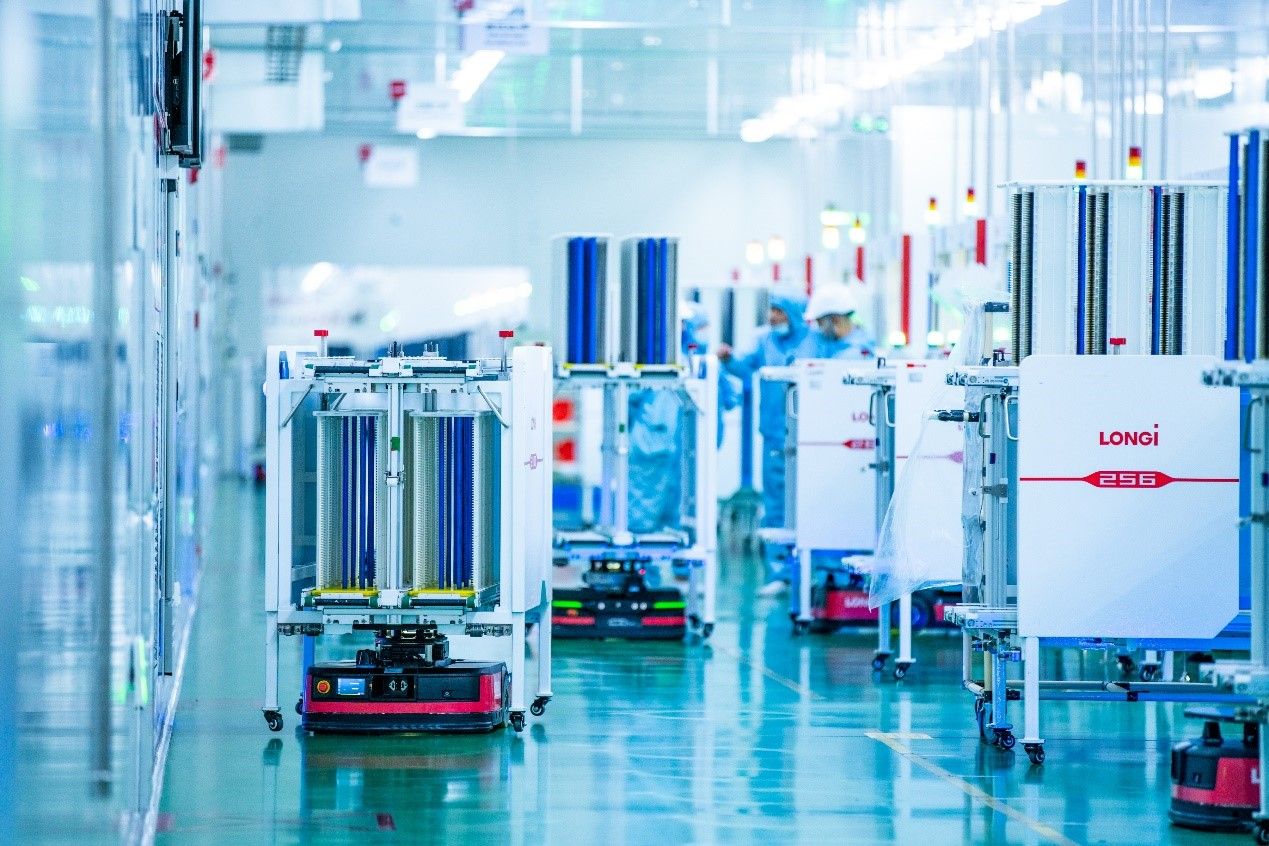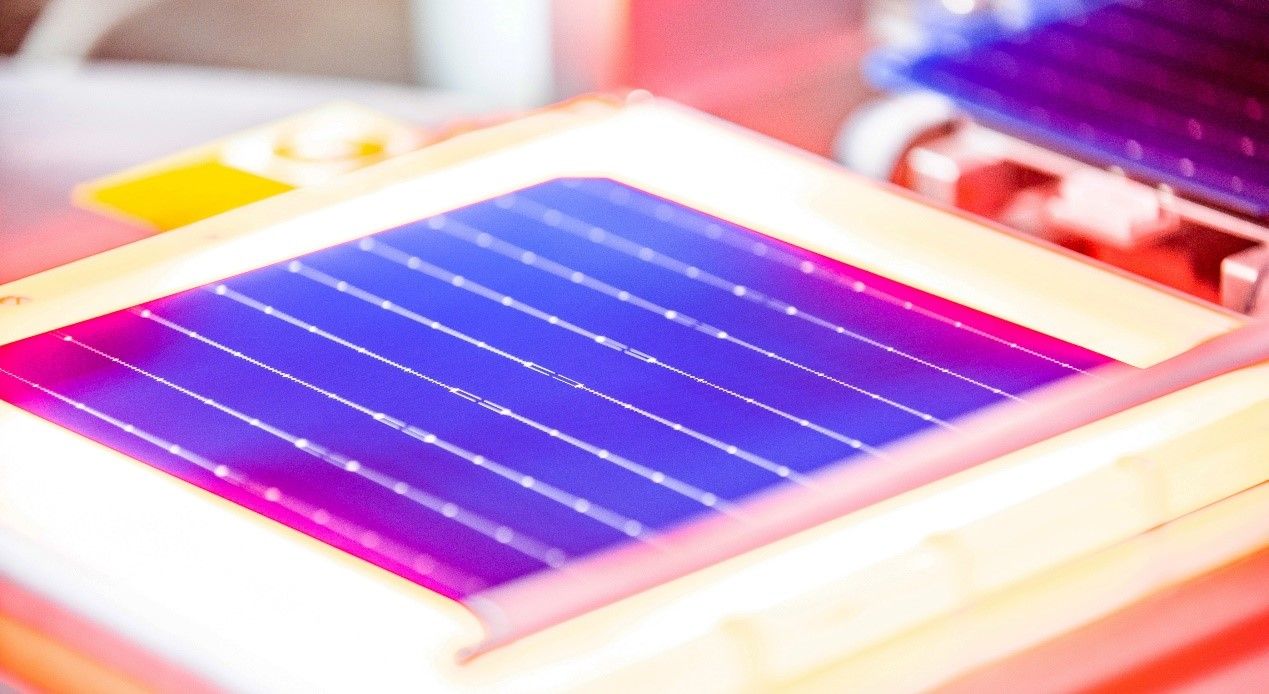Cost reduction and efficiency enhancement have always been the focal points of the photovoltaic industry, permeating every process of the industrial chain. Wang Wenjing, a researcher at the Institute of Electrical Engineering under the Chinese Academy of Sciences, believes that the most important way to reduce cost is to improve efficiency.
Most certainly, efficiency improvement is the key to technological innovation in the photovoltaic industry in the future, which also serves as an important link in the competition among various photovoltaic enterprises.
Therefore, photovoltaic enterprises should strive to continuously improve the efficiency of photovoltaic power generation in order to further reduce the cost of photovoltaic power generation.
He also suggested that the photovoltaic industry return to the main track of battery conversion efficiency improvement, boost investments in the research and development involving new battery materials and new technologies, pay attention to scientific and technological innovation, and commit to cost reduction and boosting efficiency. “We will enhance the competitiveness of the photovoltaic industry and promote the large-scale application of clean energy”. This is the top priority for the current and future development of China's photovoltaic industry.

Wang Bohua, honorary chairman of China Photovoltaic Industry Association, says: "In the new era, the photovoltaic industry needs to constantly cultivate itself, continue to innovate and develop, reduce costs and increase conversion efficiency, and coordinate the development of the industry, in order to make photovoltaic really become the primary energy source in the new power system."
Photovoltaic main track: Cell efficiency improvement
Today, carbon peak and carbon neutrality have become a global consensus. The importance of developing photovoltaics has also been widely acknowledged as one of the primary methods for reducing carbon emissions.
Li Zhenguo believes that with the rapid development of monocrystalline silicon cell technology, photovoltaic power has become one of the most economical renewable energy sources in the world, and the proportion of photovoltaic energy in the global energy system will continue to rise. According to the forecast of LONGi’s Central R&D Institute, by 2030, the newly added photovoltaic installations in the world need to reach 1500GW-2000GW, and the continuous installation for 30 years can form effective support for the global energy transition, and thereafter, lay the foundation for the realization of global carbon neutrality.
The expansion of the photovoltaic application scale depends on the reduction of kilowatt-hour(KWH) electricity cost. In the face of soaring silicon material prices and rising industrial chain costs, Wang Wenjing believes that improving battery efficiency is a fundamental measure to reduce costs, and it is an inevitable trend for efficient cells to eliminate inefficient cells.
The conversion efficiency of photovoltaic cells refers to the ability of cells to convert solar power into electric energy, which is closely related to the cost of KWH. "The more electricity you can generate from the same area while absorbing the same amount of light, the better." Taking the battery as an example, Li Zhenguo explained that on the basis of 20% conversion efficiency, through calculation, each increase of one percentage point conversion efficiency of PV module can save more than 4% of the cost of the downstream power station. So even a 0.01 percentage point improvement in cell conversion efficiency is significant.

Li Zhenguo believes that with the application of advanced technologies and breakthroughs in new technologies, the efficiency of commercial crystalline silicon cells will continue to improve. In the next 10 years, crystalline silicon cells will continue to be the dominant technology in the photovoltaic industry, but achieving higher than 28% cell efficiency requires a deep understanding of the factors that affect the efficiency of cell photovoltaic conversion and ways to effectively control these factors.
New driving forces for enterprises: Strengthening technological innovation
High efficiency and low KWH cost ensure the competitiveness of photovoltaic power, and both depend on technological advances in the photovoltaic industry. For the photovoltaic industry, maximizing the value of each ray of the sun is essential and crucial for technological innovation.
"Higher efficiency and lower KWH cost will be an important standard and trend to measure the advanced technology in the future,” said Wang Shijiang, Secretary-general of the China Photovoltaic Industry Association. "Conversion efficiency is at the core of KWH cost. The key is to speed up investment in technology and innovation to achieve higher efficiency and lower KWH costs,” he added.
Li Zhenguo believes that photovoltaic technology innovation is the foundation that supports industrial development and plays an indispensable role in promoting the formation of a global low-carbon energy system, ultimately achieving carbon neutrality. In the coming years, PV technology will continue to drive the efficiency of PV cells, the cost of PV power and the scale of the PV industry.
LONGi has been pursuing a variety of battery technology routes, including TOPCon, HJT, IBC, and other advanced battery technology, in order to maintain its world-leading position and continuously break the world record using scientific and technological advancements to achieve the goals of cost reduction and increased efficiency. Since April 2021, LONGi has broken the world record for battery efficiency 11 consecutive times. This is the outcome of not just the overall layout of LONGi, but also a number of technical pathways within the organization. Li Zhenguo said that LONGi is carrying out a comprehensive study of all industry-related as well as unrelated technology. In addition to setting new world records, LONGi continues to increase investment in research and development. According to statistics, the proportion of R&D investment in revenue has been stable at about 5%, ranking first in the industry all throughout the year. By June 2022, LONGi had invested more than 16 billion yuan in R&D and obtained 1,808 authorized patents.
Continuous investment in research and development and open innovation facilitates continuous product iteration and technical innovation. At present, LONGi is at the forefront of a range of battery technology routes. Massive production of final use will be considered based on the cost of factors, in order to promote the reduction of the cost of KWH photovoltaic power generation.
LONGi will never cease its pursuit of scientific and technical advancement. Going ahead, LONGi will continue to adhere to the brand positioning of "steady and reliable, leading by science and technology", follow the "first principles", through technology and product innovation while promoting product quality optimization and continuous cost reduction, to maximize customer value.
Through sustained R&D investment and open innovation, we believe that in the near future, LONGi will once again break through another peak in the photovoltaic field, constantly approach the boundary of human commercial application of solar energy, and lead the global photovoltaic energy industry into the photovoltaic terawatt era.
About LONGi
Founded in 2000, LONGi is committed to being the world’s leading solar technology company, focusing on customer-driven value creation for full scenario energy transformation.
Under its mission of 'making the best of solar energy to build a green world', LONGi has dedicated itself to technology innovation and established five business sectors, covering mono silicon wafers cells and modules, commercial & industrial distributed solar solutions, green energy solutions and hydrogen equipment. The company has honed its capabilities to provide green energy and has more recently, also embraced green hydrogen products and solutions to support global zero carbon development. www.longi.com